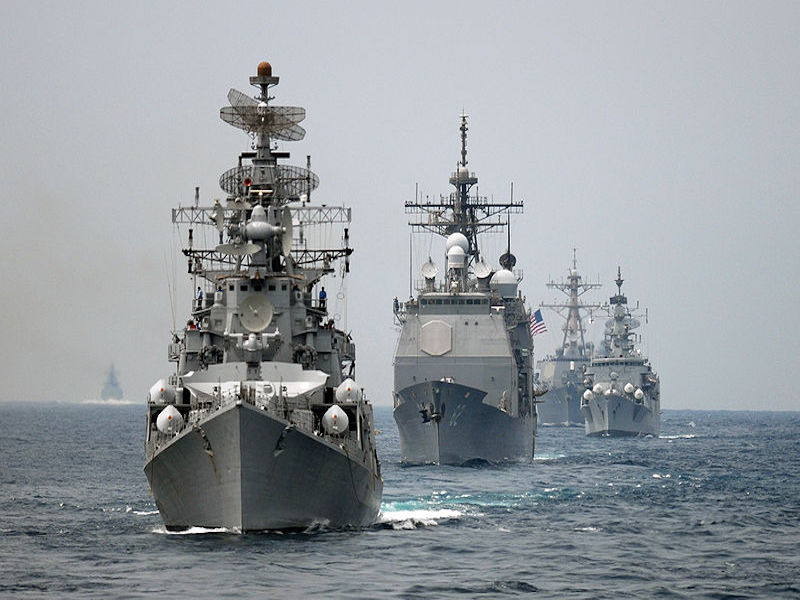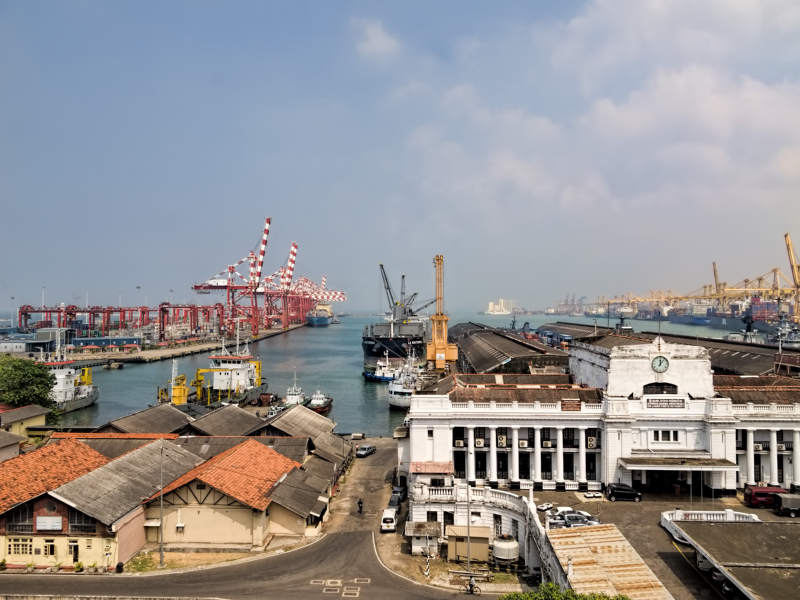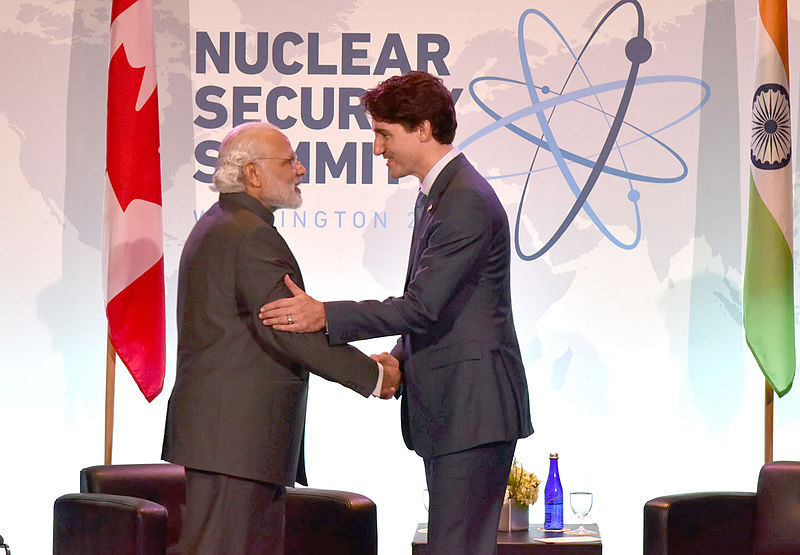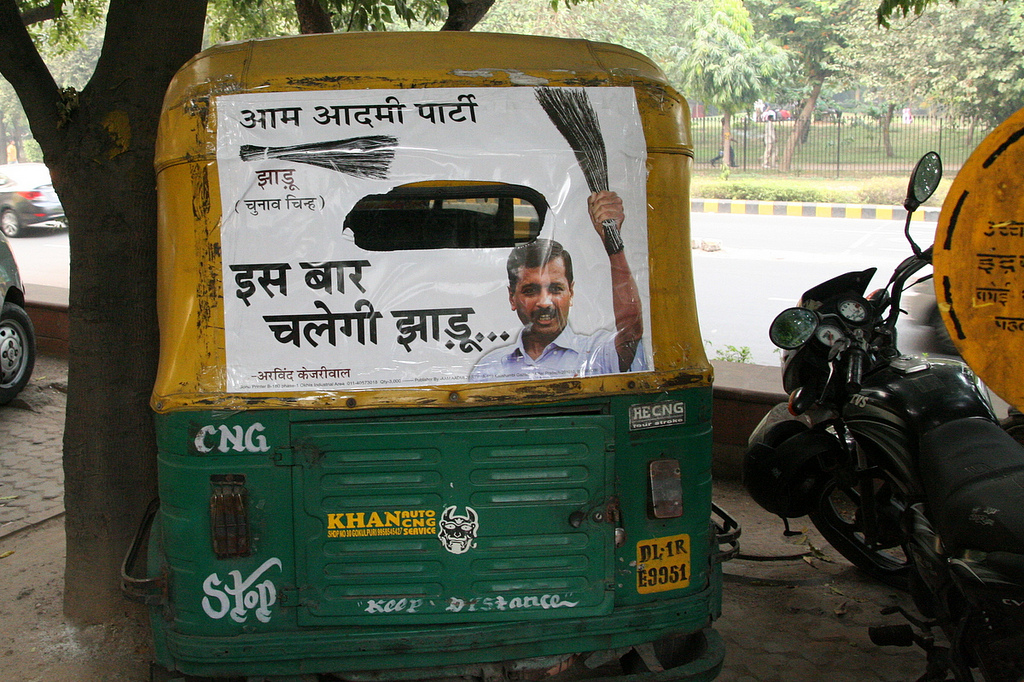As a commanding victory ushers the return of Prime Minister Modi to the helm of the world’s largest democracy, Anvesh Jain analyses the continuities and changes to Indian foreign policy that have developed under his tenure.
Tag: India
From Kabul to London: The Meteoric Rise of Afghan Cricket
A look at the inspiring story of Afghanistan at this year’s Cricket World Cup, and the security implications of sport in international affairs.
The Asian Century: Can China and India Rise Peacefully?
Junior Research Fellow Ramesh Balakrishnan examines the unique rivalry between India and China, exploring how the development of their relationship will impact power balances in Asia.
The Indian Ocean: A New Frontier
Whereas the Pacific Ocean is a bipolar power structure between the Chinese on one end, and the US and its allies on the other, the Indian Ocean has become an unpredictable multipolar military playground that could have innumerable consequences.
Fulcrum of Hegemony: Investment Battle in Sri Lanka Marks Return of US Soft Power Agenda in Asia
Sri Lanka is currently the geopolitical fulcrum between the East and the West. Dominant states in their respective regions have utilized foreign direct investment as a tool of soft power to assert influence in Sri Lanka. Investor states have funded development initiatives, believing the compounded interest of good will, will pay strategic dividends for securing Read More…
The Future of Security in the Asia-Pacific Part 1: Does Canada Require a New Strategy in Asia?
A three-part article analyses Canada’s diplomatic, economic and military policies to address the challenges and opportunities for the Asia-Pacific region.
Should Canada and NATO allies build stronger ties with strategic partners in South Asia? Part I
NATO and India have the potential to establish a mutual beneficial military-diplomatic relationship creating security within Asia. A two part article explores the possibilities of an Indo-NATO partnership.
Economic Transnationalism in India: How is Money Sent “Back Home” Changing the Landscape in India?
Swift economic growth over the past few years has brought global attention to the Indian economy. However, hiding behind the figures is an extensive dependence on transnational capital and Non-Resident Indian (NRI) involvement.
Transnational Activism in Punjab Election Prompts a Reimagining of Political Boundaries
Non-Resident Indian involvement in the recent election in Punjab prompts a much needed discussion of the way transnational movements are reshaping and redefining political boundaries.
Can a Universal Basic Income Program Mitigate the Consequences Fuelled by the Fourth Industrial Revolution?
Automation, the fourth industrial revolution, is threatening countries with high unemployment. Is a Universal Basic Income Program able to mitigate that risk?










